Styrian Coarse-Haired Hound
The Styrian Coarse-Haired Hound is an Austrian hunting breed renowned for their hunting ability and their excellent temperament. These dogs are hard workers and will not shy away from any task their owners give them. This is a relatively young breed whose history started a century and a half ago.
They are not only hunting dogs; these dogs can easily play the role of active family companion that is devoted, affectionate, and full of love for their human family. Their owners have described these dogs as:
- Lovable
- Affectionate
- Loyal
- Excellent hunters
- Alert
- Active
- Can be great pets under certain circumstances

Height:
18–21 in (45–53 cm)

Weight:
33-40 lbs (15–18 kg)

Origin:
Austria

Life Expectancy:
12-14 years
Dog Breed Characteristics
The Styrian Coarse-Haired Hound is a strong, medium-sized dog whose features allow them to hunt in the most difficult mountainous terrain. These dogs have strong and straight muzzles and flat ears. Their eyes should have a determined expression and should be brown.
These dogs can reach a height of 18 - 21 inches, and they weigh on average 33 - 40 pounds. Their most distinctive feature is their double coat which can come in red or fawn colors. They have a harsh and coarse coat that is meant to protect them from debris and harsh weather conditions.
Temperament
The temperament of the Styrian Coarse-Haired Hound is greatly defined by its strong desire to hunt. They are incorruptible hunters that will try and complete the task they were given despite anything that might get in their way. It is genuinely a great hunting dog.
Even though they are a working, hunting breed, these dogs can switch and make a great family pet that is affectionate, loyal, and gentle with their owners. This is not likely to happen if you are an inexperienced owner that doesn’t know how to handle such a breed.
Training a Styrian Coarse-Haired Hound
The Styrian Coarse-Haired Hound is widely known as a hunting breed, and their temperament might need some adjustment for them to become good pets. Hunting breeds are usually extremely active, and they need a decent amount of daily exercise if you want them to behave like family pets. Only when their activity needs are fulfilled are these dogs ready to train and become obedient?
Like with any other breed, the Styrian Coarse-Haired Hound reacts best to positive training methods. Their natural hunting instincts are always present, and their hunting skills must only be sharpened.
If you are training them to become house pets, you will need to include many treats and praises. Make training a fun and interesting experience, and you will start noticing good results soon. Never use punishment as a training method; correct the dog’s unwanted behavior calmly and continue with the training. Negative training methods can result in shy or even aggressive dogs.
Socialization
It is absolutely vital that a hunting breed, such as Styrian Coarse-Haired Hound, is socialized from a young age. It is not in their blood to act like docile house pets. These dogs need to experience different “pet” situations while they are still young, and as their handler, you need to enforce positive and not hunting reactions.
The most important thing to do is get your dog familiar with different situations they can find themselves in. Take your dog to dog parks where they can meet other dogs and people. They can learn to react accordingly and understand that they don’t need to be scared of strangers and other dogs.
It is also possible to socialize and teach your dog how to handle other pets, although they might never learn to “play nice” with other pets due to their high prey drive.
Styrian Coarse-Haired Hound and other pets
It would be unwise to expect them to act nice around other pets, such as guinea pigs, rabbits, or gerbils. These dogs were not bred to be companions; they were bred to be fearless and tireless hunters that could chase their prey through thick and thin. If you have other pets, the Styrian Coarse-Haired Hound is not the breed for you.
Styrian Coarse-Haired Hound and kids
Early socialization and proper training can teach them to behave even when children are around. Their temperament makes them more suitable for families with older children. If you train and socialize your dog well, your children will get a great playing partner that has plenty of energy. These dogs can play for hours upon hours without getting tired or bored.
These dogs are not the best option if you have younger children at home. They might not tolerate rough handling, and it would be best to keep the dog away from young children for the sake of both of them.
Coat and care
They need regular weekly brushing that will help them get rid of dead hair. Their wiry coat sheds moderately all year, but twice a year (during the shedding season in spring and fall), they blow their entire undercoat. During that period, daily brushings will help you control the mess and help your dog through the heavy shedding period.
They will also need other basic care; brush their teeth at least three times a week. Check their ears for signs of infection and redness; bathe them only if really necessary because you don’t want to remove the natural oils that protect them from weather conditions. Make sure you check between their paws and nails for debris. Trimming will most likely not be required because these dogs will wear their nails out naturally.
Potential health problems
The Styrian Coarse-Haired Hound is generally considered a very healthy breed, but they are prone to some health issues and concerns like any other dog breed. These dogs have an average lifespan of 12 - 14 years. Health concerns connected with this breed are:
- Ear infections - Especially for dogs that love water, you need to check their ears regularly for signs of infections or redness.
- Gastric Torsion - Also known as bloat. A dangerous condition that causes the stomach to twist (torsion).
- Hypothyroidism - A health problem caused by the hyperproduction of hormones from the thyroid gland.
Breeders
When getting a dog, the most important thing is to get it from a responsible and reputable Styrian Coarse-Haired Hound breeder. These dogs are energetic, and getting a poorly bred dog can have catastrophic results. Responsible breeders will breed dogs that don’t only look good but have great characters as well.
You must find a good Styrian Coarse-Haired Hound breeder that can help you learn about this breed and make an informed choice about getting a dog with these characteristics.
If you are unsure whether this is the breed for you, check out this FREE GUIDE that will help you decide which dog breed is right for you.
World Dog Finder team

Updated at04.09.2023.
Breed History
Unlike many other breeds, the detailed history and development of this breed were carefully documented and are fully known. The Styrian Coarse-Haired Hound was created to hunt in the mountainous regions of Austria. This breed’s creator had a single purpose in his mind - to create a breed that could hunt wild boar.
The creation of this breed is credited to an Austrian industrialist by the name of Carl Peintinger. He was located in the Styria region in Austria and was a keen hunter who wasn’t happy with the hunting breeds available then.
He decided to start looking throughout this region for candidates who had specific traits to promote in a hunting breed. Finally, he decided to crossbreed the Istrian Coarse-Haired Hound and the Hanoverian Scenthound. Shortly after he established a healthy bloodline, the Austrian Kennel Club registered the breed, which has changed very little since then.
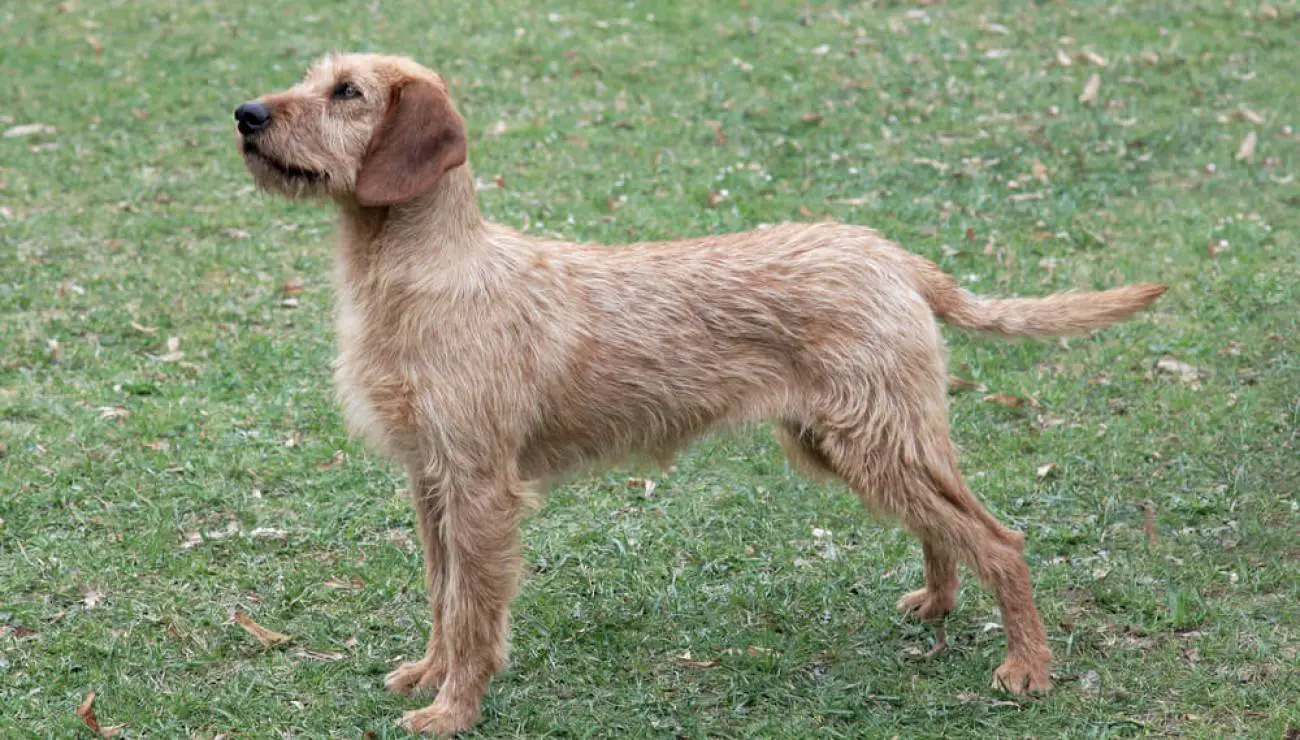
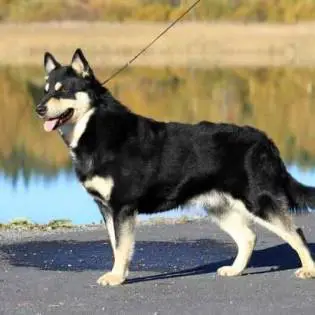
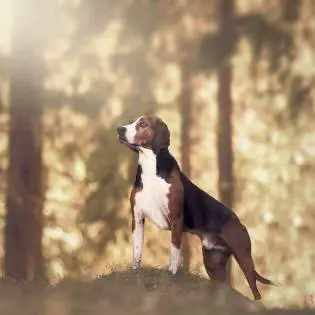
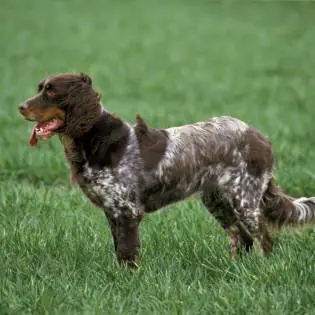
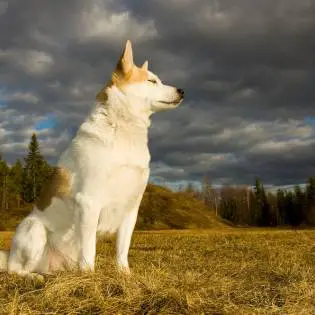
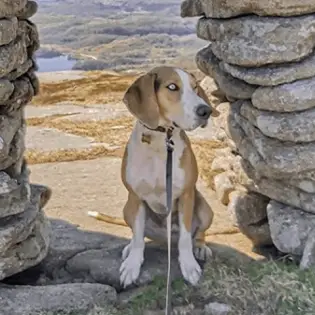
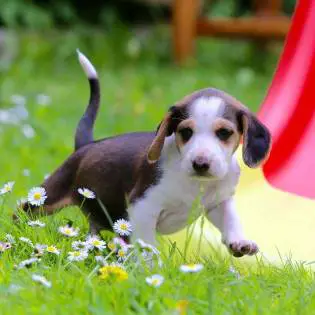
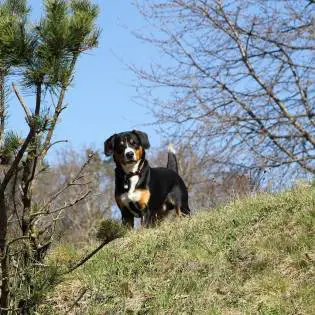
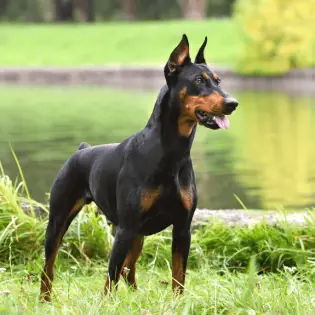
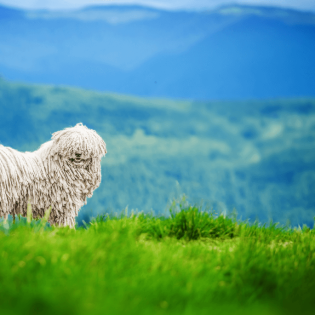
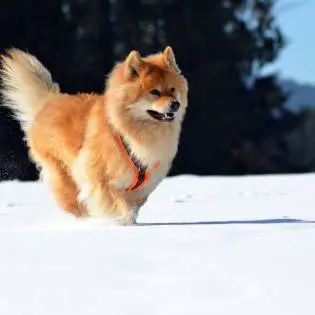

Share